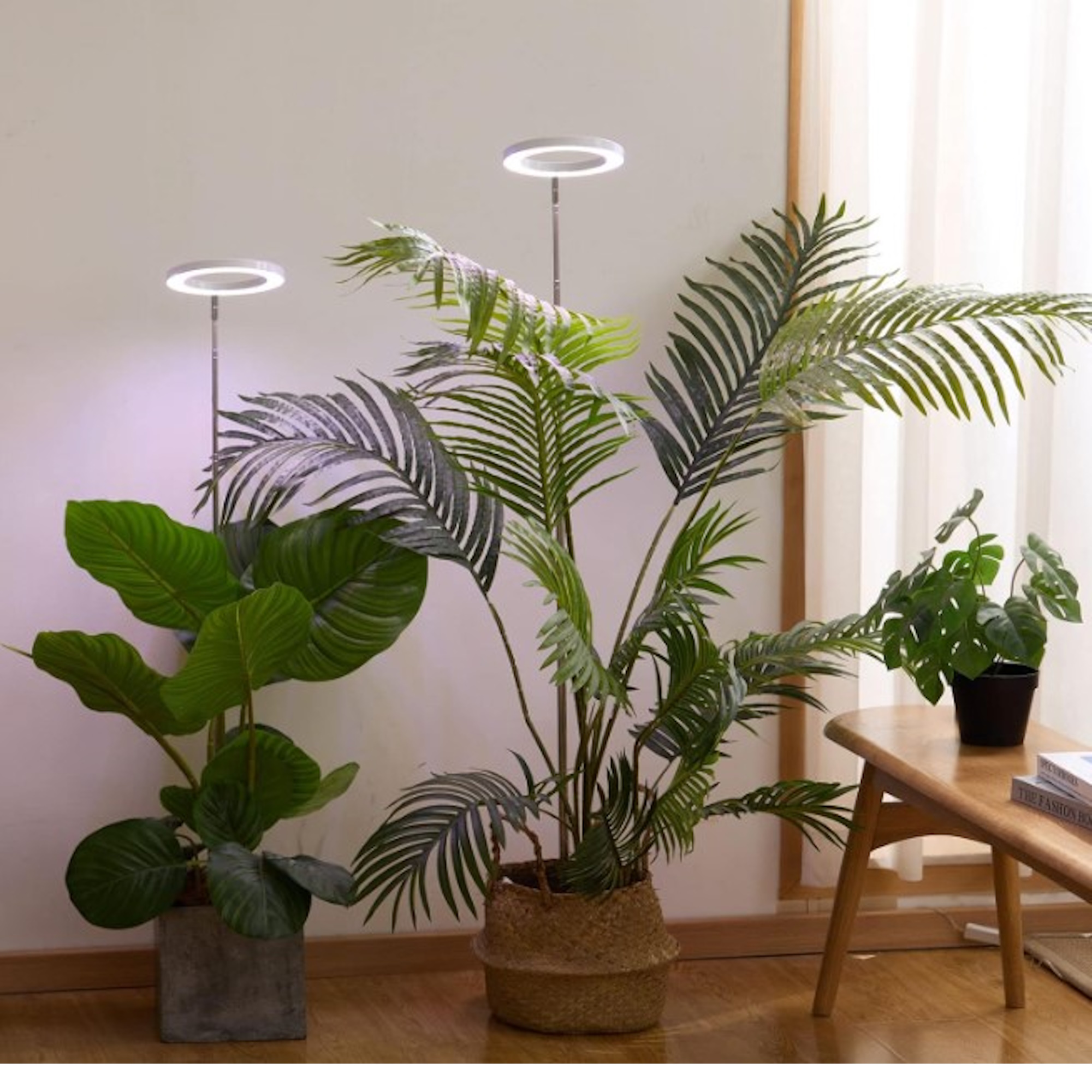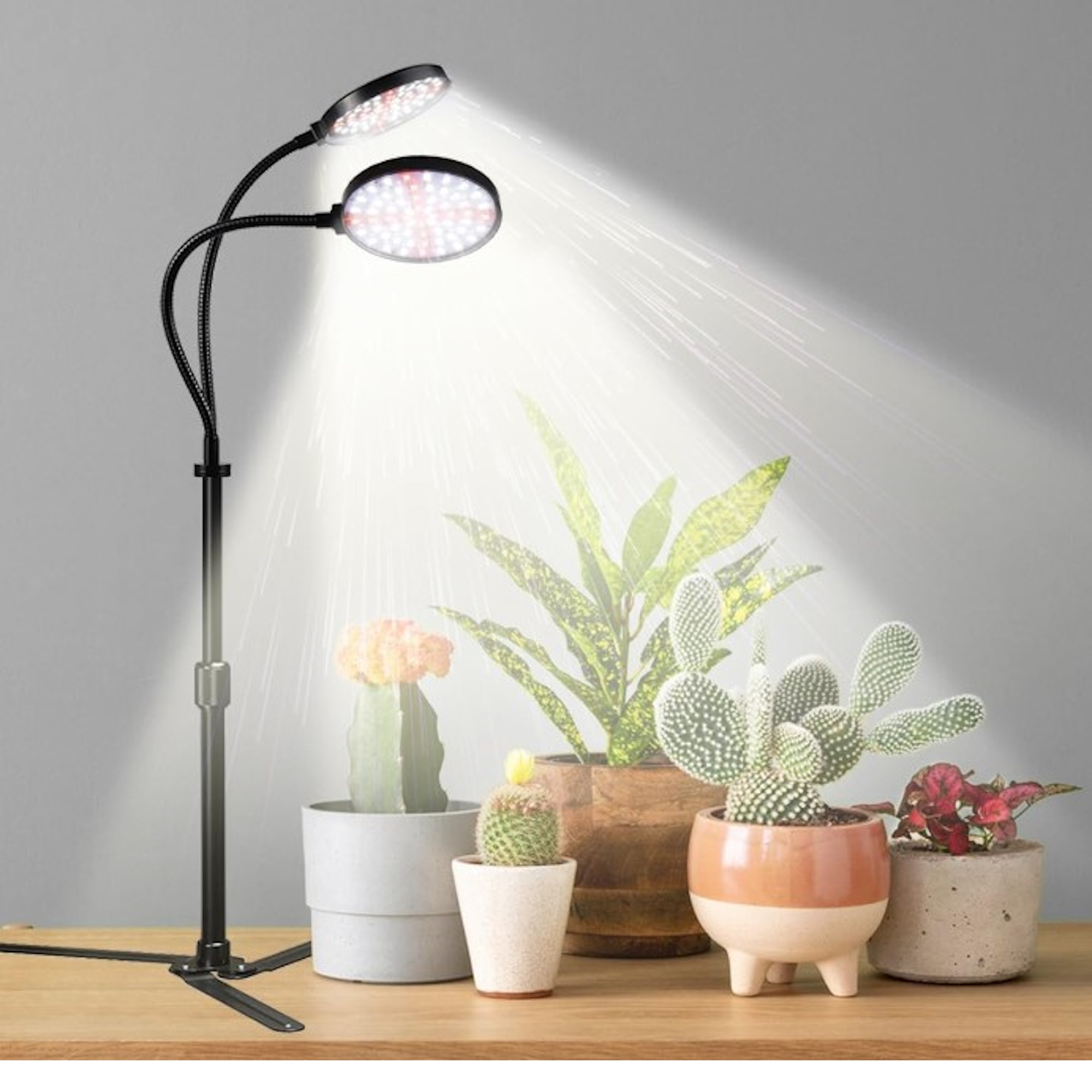Do I need a grow light for my houseplants in winter? Our experts weigh in
Learn how to keep your indoor plants thriving during the darker months with this handy piece of kit

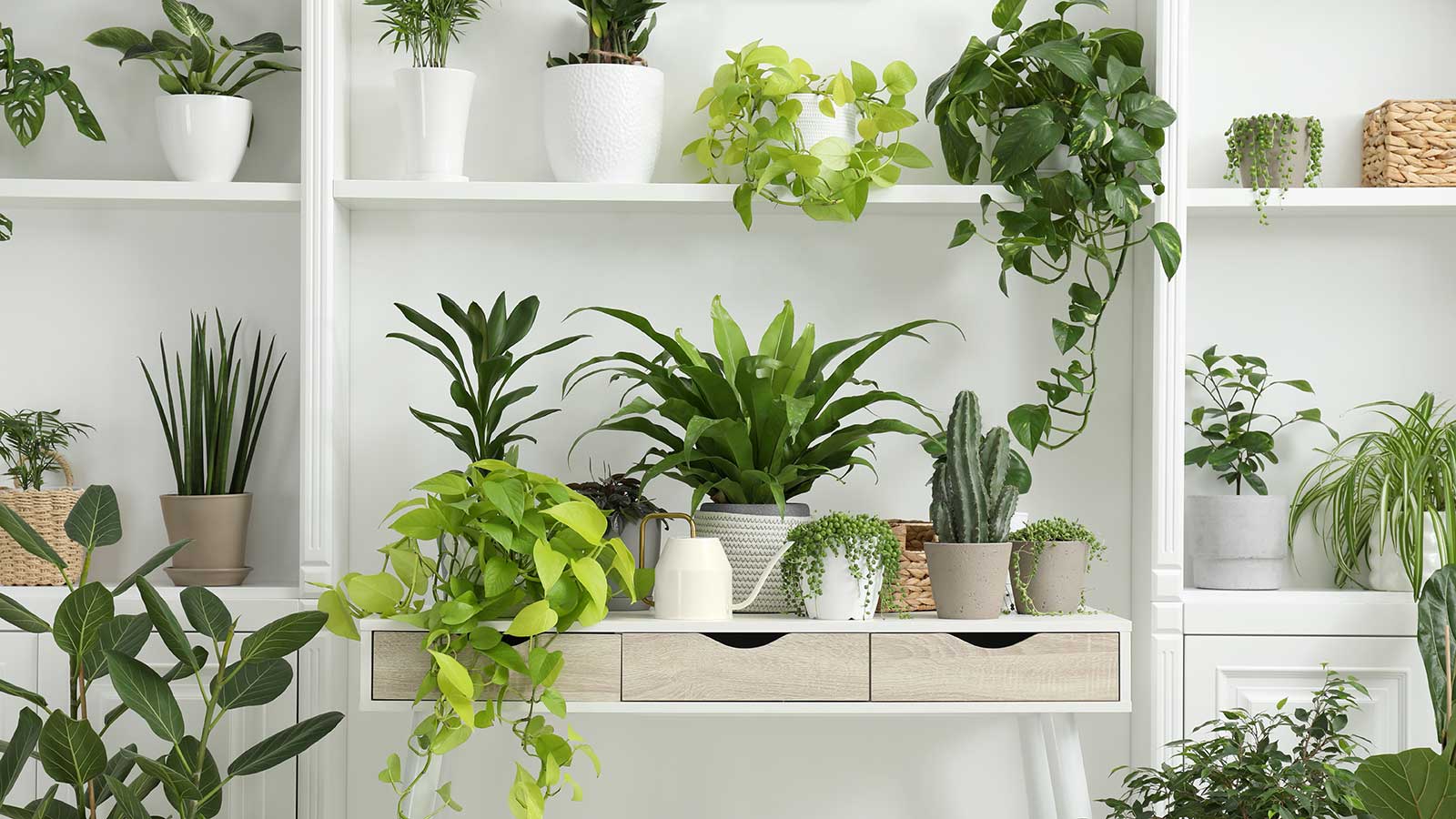
As the days shorten and natural sunlight weakens, many indoor plants may not receive the adequate light they need for optimal growth. During this time, providing supplementary grow light is one of the main ways to care for houseplants in winter, to ensure your plants maintain their health and continue growing.
Proper lighting is crucial for photosynthesis, which is the process plants use to convert light into energy. Without adequate light, growth can slow down, and your plants might become leggy or lose their vibrancy. This will depend on what species of houseplants you have, as some adapt to the winter better than others.
This is where grow lights come in. LED grow lights can provide a spectrum of light that closely mimics the sun, offering the essential wavelengths plants require for growing.
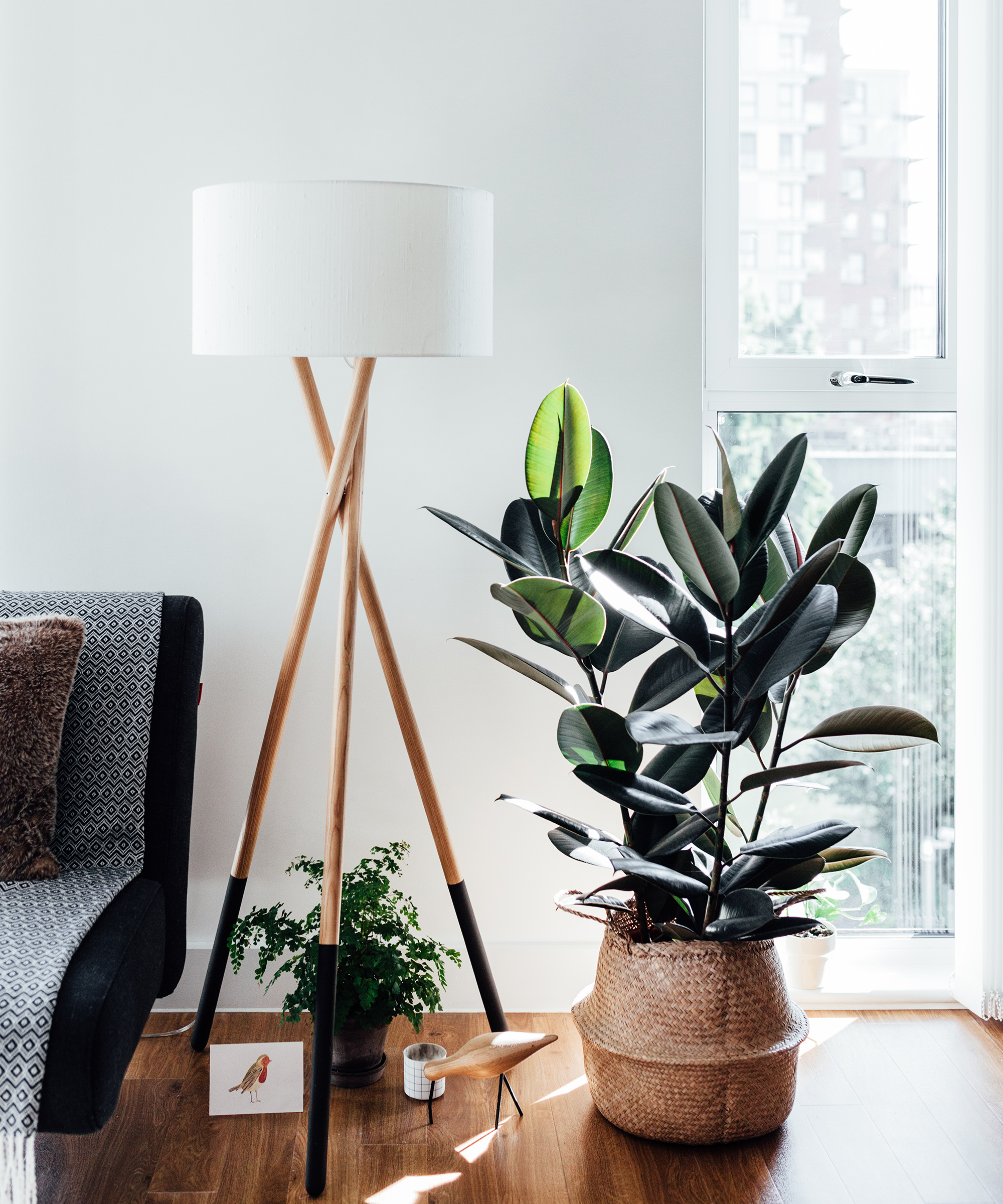
Do I need a grow light for my houseplants in winter?
Our experts share the benefits of grow lights and explain how they can optimize light conditions for your winter houseplant care.
The importance of grow lights
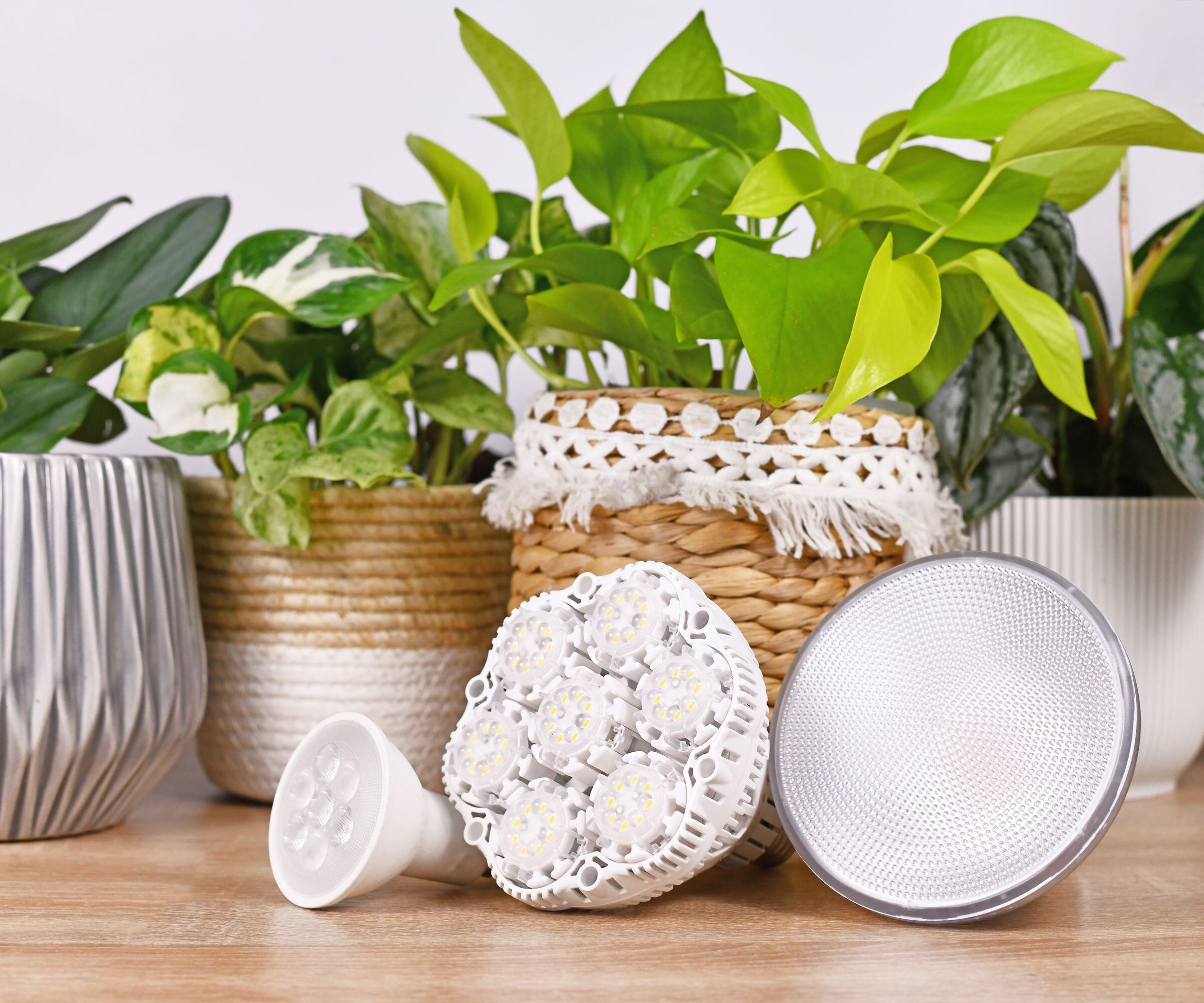
During winter, when daylight hours are shorter, providing supplemental light can become crucial for houseplants.
While not all plants require grow lights, those with higher light requirements, such as succulents and tropical plants, will benefit greatly from the additional illumination.
Investing in full-spectrum LED grow lights can mimic natural sunlight and support plant growth during the darker months.
Design expertise in your inbox – from inspiring decorating ideas and beautiful celebrity homes to practical gardening advice and shopping round-ups.
Choosing the right grow light

Opt for LED grow lights with a color temperature of around 6500K, such as the GooingTop Grow Light LED Gooseneck Lamp available from Amazon, which when switched on resembles natural daylight.
Position the light 12-18 inches above your plants for optimal effectiveness. Consider the wattage needed based on the size of your plant collection and the specific light requirements of each species.
Consistency will be key to your success with grow lights, according to Morag Hill, Co-Founder of The Little Botanical.
She suggests you aim for 12-16 hours of light per day to simulate longer daylight hours. You can use timers to automate the lighting schedule, ensuring your plants receive the right amount of light without disruption to their natural rhythms.
Morag Hill is the co-founder of The Little Botanical. An integral part of The Little Botanical’s mission is to educate people about the health benefits of plants by bringing them into their homes including stress reduction, cleaner air, and creating a happier and calmer home or office space.
Be mindful of watering when using a grow light
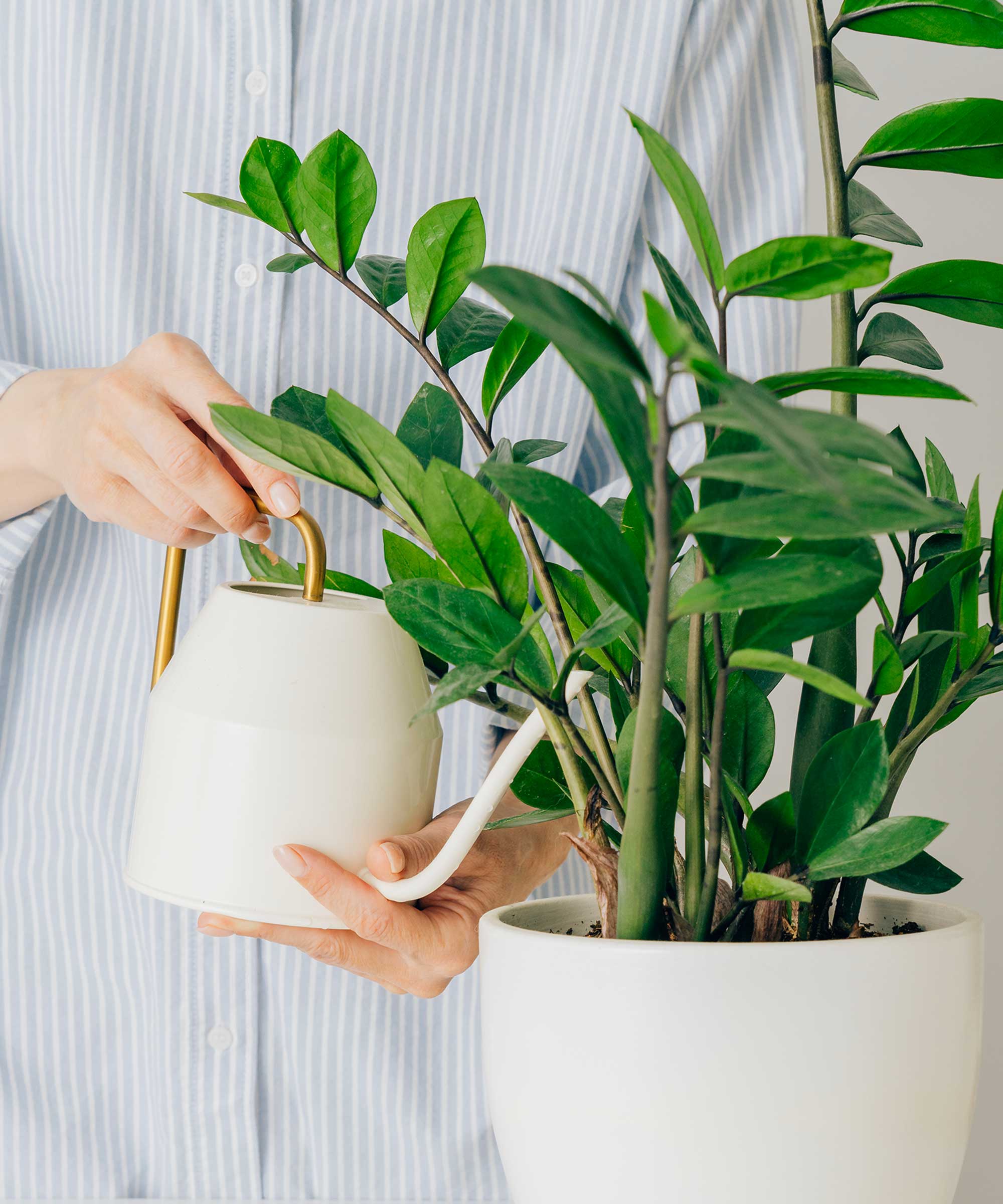
Don't be tempted to over-water when using a grow light. It's true that a small amount of heat can come from the lamp itself, which may dry out the top layer of soil more quickly than normal. However, the roots of your plant may still be happy and moist. The trick is to test with your finger by inserting it into the soil up to your second knuckle. If the compost is dry it is safe to water.
According to Kayla Gajdascz, the co-founder of Mental Houseplants, in winter plants generally require less water as their growth slows down.
‘Be attentive to your plant's specific water needs, allowing the top inch of soil to dry out before watering,’ Kayla says. ‘Overwatering in winter can lead to root rot, so it's crucial to strike a balance.’
Keep your plants happy in well-draining compost. Compacted and wet soil can kill any plant. Sand, pea gravel, crushed lava, and pumice are readily available and allow extra water to properly drain.

Kayla Gajdascz is the co-founder and president of Mental Houseplants, a company dedicated to spreading the positive impact that plants have on our mental health. One way that the company does this is by partnering with NAMI, the National Alliance on Mental Illness (the Massachusetts chapter), and donating a portion of every sale to them.
Consider increasing humidity

Winter indoor environments tend to be drier due to our central heating systems. Some heat can also be transferred from the grow lamp itself, so pay attention to the humidity around your plants. If you think it might be a good idea to increase it, you can place a tray filled with water and pebbles next to them and this will help to raise humidity.
Grouping plants together also creates a microenvironment with higher humidity levels.
Shop grow lights
FAQs
Do LED grow lights use a lot of electricity?
LED lights are a lot more energy efficient compared to traditional incandescent lighting. They can use up to 75% less energy and last up to 25 times longer.
LED grow lights are energy-efficient and emit less heat compared to traditional light sources, making them a safe and effective choice for indoor plants.
Whilst it is easy to grow plants like sprouts and microgreens during the colder months, you can also give leafy greens, herbs, and fruit-bearing plants some additional help by using grow lights.
It's a small investment that pays off in lush, thriving houseplants, even during the darker winter months.

Seraphina is a contributing editor at Homes & Gardens, writing Solved features on organizing and storage. She loves to decorate and also grow her own produce from her home in London. Her previous experience includes working at Women's Health and Fabulous Magazine.

